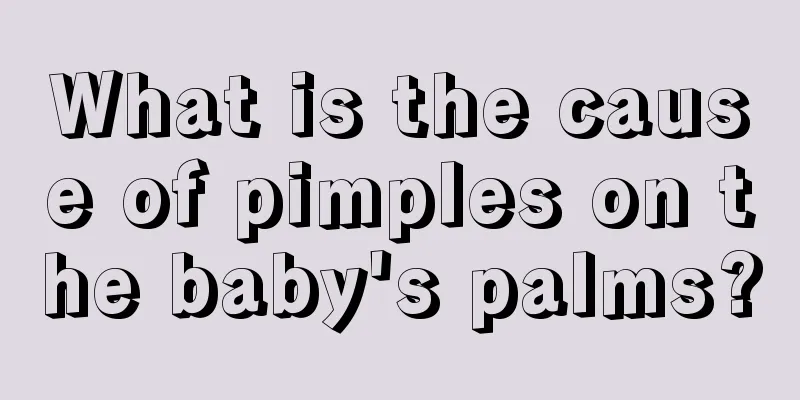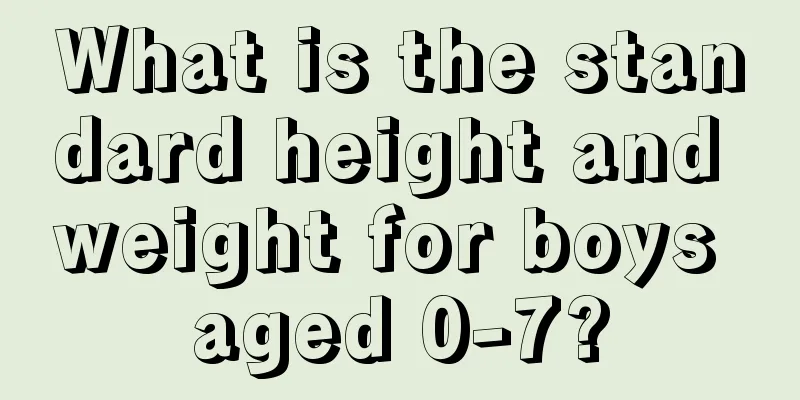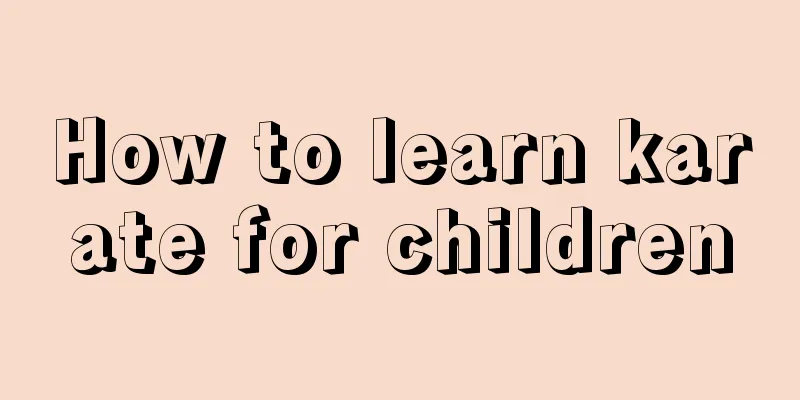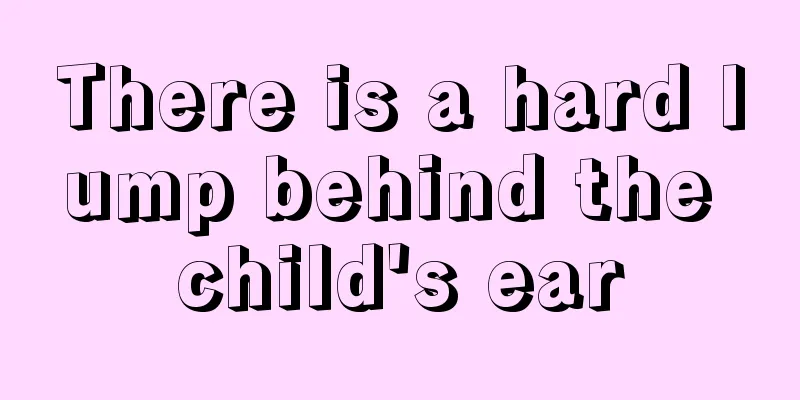Normal intraocular pressure in children

|
Intraocular pressure refers to the pressure inside the eyeball. Once such a symptom occurs, it will cause great harm to us. Therefore, once you find that your intraocular pressure is relatively high, you should measure it in time, especially for children, who cannot clearly express some symptoms of their body. Therefore, adults should pay attention to their children in time and take them to the hospital for regular check-ups. One of the most important things that cannot be ignored is measuring intraocular pressure. So before measuring intraocular pressure, we need to understand what the normal value of children's intraocular pressure is: 1. What is abnormal intraocular pressure? Answer: The normal intraocular pressure is 10-20 mmHg. Children whose intraocular pressure is higher than this value need to be alert. 2.What is the worst case scenario for high intraocular pressure? Answer: It’s glaucoma. A chronic eye disease that can cause blindness. 3. What are the symptoms of glaucoma in children? Answer: Most infants, young children, and adolescents with glaucoma do not have any symptoms in the early stages. 4. Will mydriasis cause glaucoma in children? Answer: Generally not. But there is one type of glaucoma that cannot dilate the pupil: angle-closure glaucoma. Because mydriasis can trigger an acute attack of angle-closure glaucoma. Angle-closure glaucoma is extremely rare in children. 5. What causes glaucoma in children? Answer: Childhood glaucoma (including juvenile glaucoma) is usually due to a genetic abnormality, but the onset time varies. Therefore, children with a family history of glaucoma need early examination. Some children have used hormones (including oral, infusion, and topical) for treatment purposes, which may cause steroid-induced glaucoma. Eye trauma. 6.Does high intraocular pressure mean glaucoma? Answer: Not necessarily. Factors that may cause false intraocular pressure increase include: nervousness, squinting during measurement, crying, and thick and hard sclera or cornea. 7. How to differentiate high intraocular pressure from glaucoma? Answer: If there is increased intraocular pressure and "progressive atrophy of the optic nerve", it can be determined as glaucoma. Since optic nerve atrophy usually occurs in the late stage of the disease, some modern examinations such as OCT, visual field, electrophysiology, etc. can help us detect glaucoma earlier. 8. How should glaucoma be treated if discovered? Answer: In one sentence: seek treatment as early as possible. Glaucoma is a chronic eye disease that most patients require lifelong treatment and follow-up. However, if it can be detected and treated early, vision can be preserved to the greatest extent possible. With the development of science and technology, more and more treatment methods (including drugs and surgery) have emerged. I believe there will be more and better technologies for treatment in the future. |
<<: What medicine should I take for postnasal drip in children?
>>: What causes high intraocular pressure in children?
Recommend
Two-year-old baby early education
The education of children should start from infan...
What should I do if my baby has gastrointestinal inflammation?
If the baby has gastrointestinal inflammation, he...
10-year-old child often has headaches?
Occasional headaches are very common in life, but...
How to grow taller quickly at the age of 17
We all know that boys and girls grow fastest duri...
What to do if your baby doesn't like to sleep during the confinement period
Generally speaking, babies in confinement usually...
How to treat children's hunchback better
If a child develops hunchback, it is very worryin...
Can children become smarter by eating pigeon eggs?
Many parents will prepare a variety of nutritious...
What should I do if my child has jaundice? This is the correct solution!
Whenever a child develops jaundice, parents will ...
Which department should children go to for tonsillitis
A child may have tonsillitis, and at first he or ...
At what age should children with crooked teeth be corrected?
If a child's teeth are crooked, parents will ...
What size baby is the cross pacifier suitable for?
If you know about pacifiers, you are probably a p...
What to do if your baby's gums are red and swollen
When the baby feels unwell, he will always cry. S...
Red rash on children's chin
If your baby has a lot of red rashes on his chin,...
The child has difficulty breathing. What's going on?
As children grow physically, their organs will al...
What should I do if my child vomits everything he eats or drinks?
When children vomit everything they eat, parents ...









